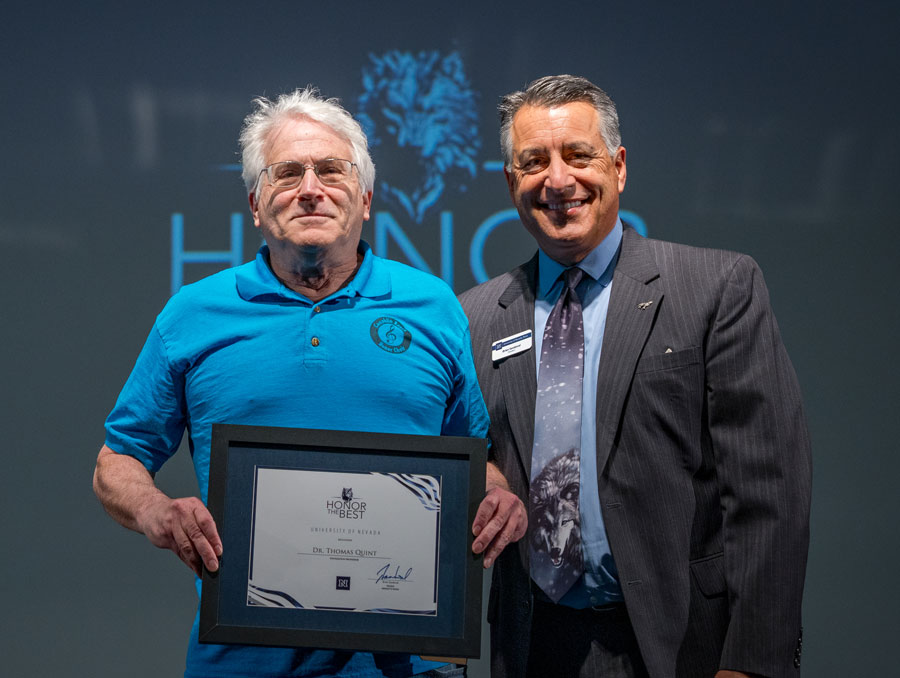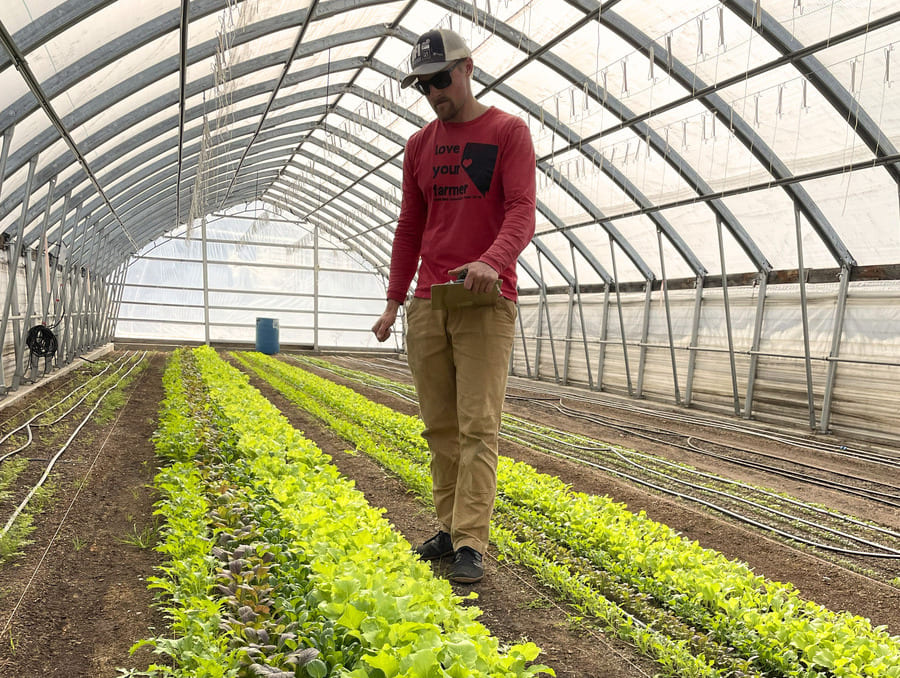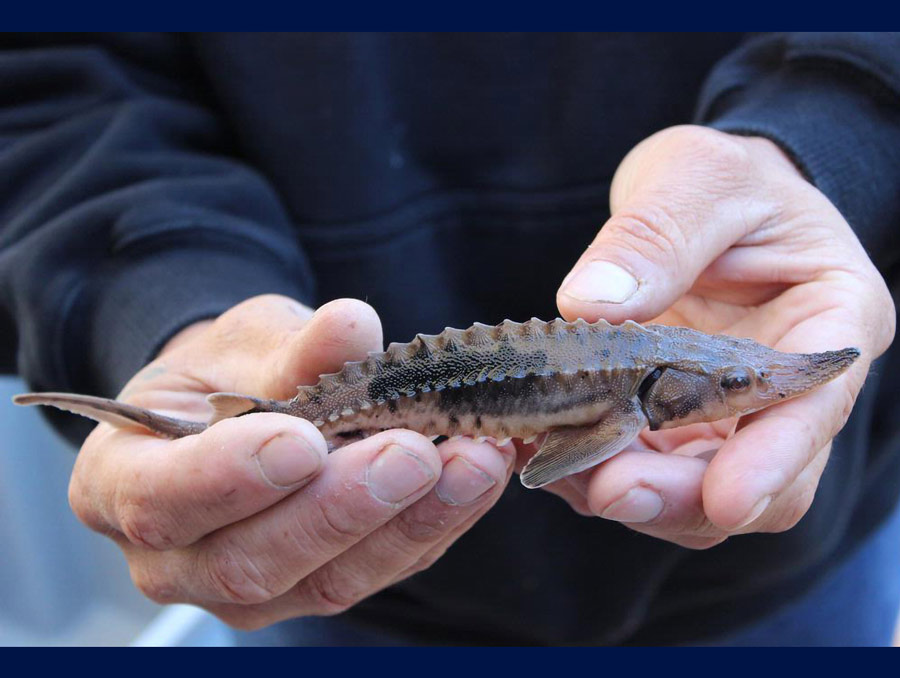Growing up Mexican-American, Diana Padilla did not know any physicians who shared her cultural background.
Now entering her fourth year at the University of Nevada, Reno, School of Medicine, Padilla and fellow UNR Med students and members of the Latino Medical Student Association are helping to bridge that gap by mentoring bilingual northern Nevada high school students exploring careers in science, technology, engineering and math (STEM) health care.
"I'm a Mexican-American, first-generation college graduate and will be the first doctor in my family," Padilla said. "Before medical school, I did not know a single Latino physician. I loved helping with this program because I wanted these kids to see that people who look like them do make it in this field and they can too."
The high school students speak both Spanish and English and are part of an effort to recruit and train a more diverse network of health care professionals in Nevada. The three-week summer residential research program—part of the Community of Bilingual English-Spanish Speakers Exploring Issues in Science and Health (CBESS)—is funded through the National Institutes of Health and is a collaboration among UNR Med, the University's College of Education Raggio Research Center and the School of Community Sciences. University Professor Emerita Jacque Ewing-Taylor, Ph.D., is co-director with UNR Med Department of Pharmacology Associate Professor Ruben Dagda, Ph.D.
"More than a quarter of Nevada's population identifies as Hispanic or Latino, but fewer than 4% of our state's physicians identify as such," Dagda said. "We want to help more bilingual students pursue and realize their dreams of serving our state and its citizens as health care professionals and biomedical researchers. It's inspiring to see them working so hard to achieve their goals."
Padilla designed and executed the school of medicine-related activities this summer and was assisted by her fellow UNR Med students Sergio Trejo, Jr. (MS1); Rachael White, Gisele Braga, Saul Favela and Esteban Valle (MS2); and Jonathan Gevorkian (MS4). Their high school mentees learned how to take patient histories in Spanish and English and how to read basic heart rhythms on electrocardiogram strips, listened to heart and lung sounds on a simulation mannequin, performed an ear, nose and throat exam, took vital signs and studied a full cadaver in the gross anatomy lab.
"I also did interactive sessions with them to show them their learning potential and inspire confidence in them to pursue STEM fields," Padilla said.
CBESS co-director Dagda highlighted the dedication of the medical students and the Latino Medical Student Association during the summer program.
"UNR Med students did an excellent job in directing and teaching more than 18 hours on various topics to high school students," Dagda said. "I am very impressed as to how well they presented the medical aspects of the curriculum. We hope to keep the curriculum intact next year and expect that many of the high school students and undergraduate leaders will pursue medical-related careers in the future."
Once the CBESS trainees are enrolled as students at the University, they will have the opportunity to become leadership trainees for subsequent groups of high school students who are beginning their academic journeys toward careers in STEM health care fields and continue to cultivate a more diverse, accessible and inclusive network of health care professionals.











